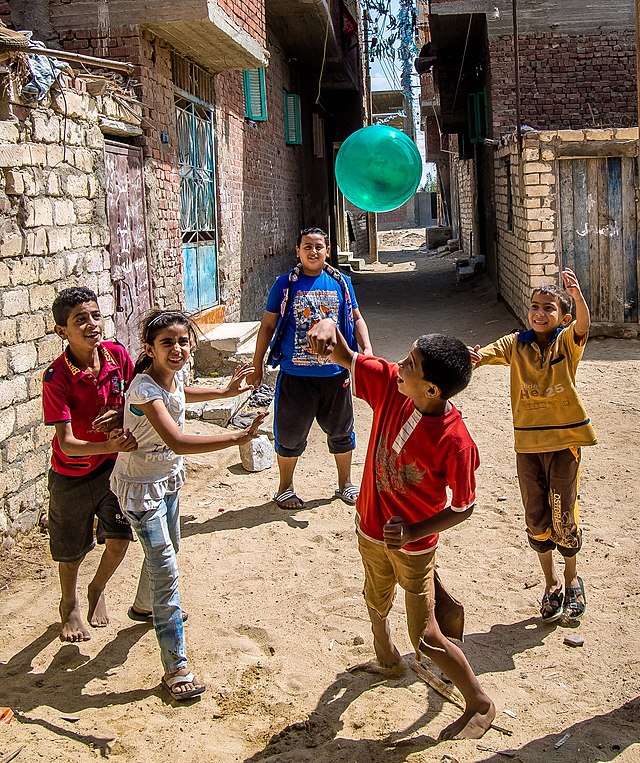53 Attention
Martha Lally and Suzanne Valentine-French
Changes in attention have been described by many as the key to changes in human memory (Nelson and Fivush, 2004; Posner and Rothbart, 2007). However, attention is not a unified function; it is comprised of sub-processes. The ability to switch our focus between tasks or external stimuli is called divided attention or multitasking. This is separate from our ability to focus on a single task or stimulus, while ignoring distracting information, called selective attention. Different from these is sustained attention, or the ability to stay on task for long periods of time. Moreover, we also have attention processes that influence our behaviour and enable us to inhibit a habitual or dominant response, and others that enable us to distract ourselves when upset or frustrated.

Divided attention: Young children (aged three and four) have considerable difficulties in dividing their attention between two tasks, and often perform at levels equivalent to our closest relative, the chimpanzee. By age five they have surpassed the chimp (Hermann, Misch, Hernandez-Lloreda and Tomasello, 2015; Hermann and Tomasello, 2015). Despite these improvements, 5-year-olds continue to perform below the level of school-age children, adolescents, and adults.
Selective attention: Children’s ability with selective attention tasks improve as they age. However, this ability is also greatly influenced by the child’s temperament (Rothbart and Rueda, 2005), the complexity of the stimulus or task (Porporino, Shore, Iarocci, and Burack, 2004), and whether the stimuli are visual or auditory (Guy, Rogers, and Cornish, 2013). Guy et al. (2013) found that children’s ability to selectively attend to visual information outpaced that of auditory stimuli. This may explain why young children are not able to hear the voice of the teacher over the cacophony of sounds in the typical preschool classroom (Jones, Moore, and Amitay, 2015). Jones and his colleagues found that 4- to 7-year-olds could not filter out background noise, especially when its frequencies were close in sound to the target sound. In comparison, 8- to 11-year-old children often performed similar to adults.
Sustained attention: Most measures of sustained attention typically ask children to spend several minutes focusing on one task and waiting for an infrequent event, while there are multiple distractors. Berwid, Curko-Kera, Marks, and Halperin (2005) asked children between the ages of three and seven to push a button whenever the image of a target was displayed, but they had to refrain from pushing the button when a non-target image was shown. The younger the child, the more difficulty they had maintaining their attention.
Media Attributions
- Figure 4.11: These children will experience difficulty focusing on anything except playing. © Husseingallery is licensed under a CC BY-SA (Attribution ShareAlike) license

